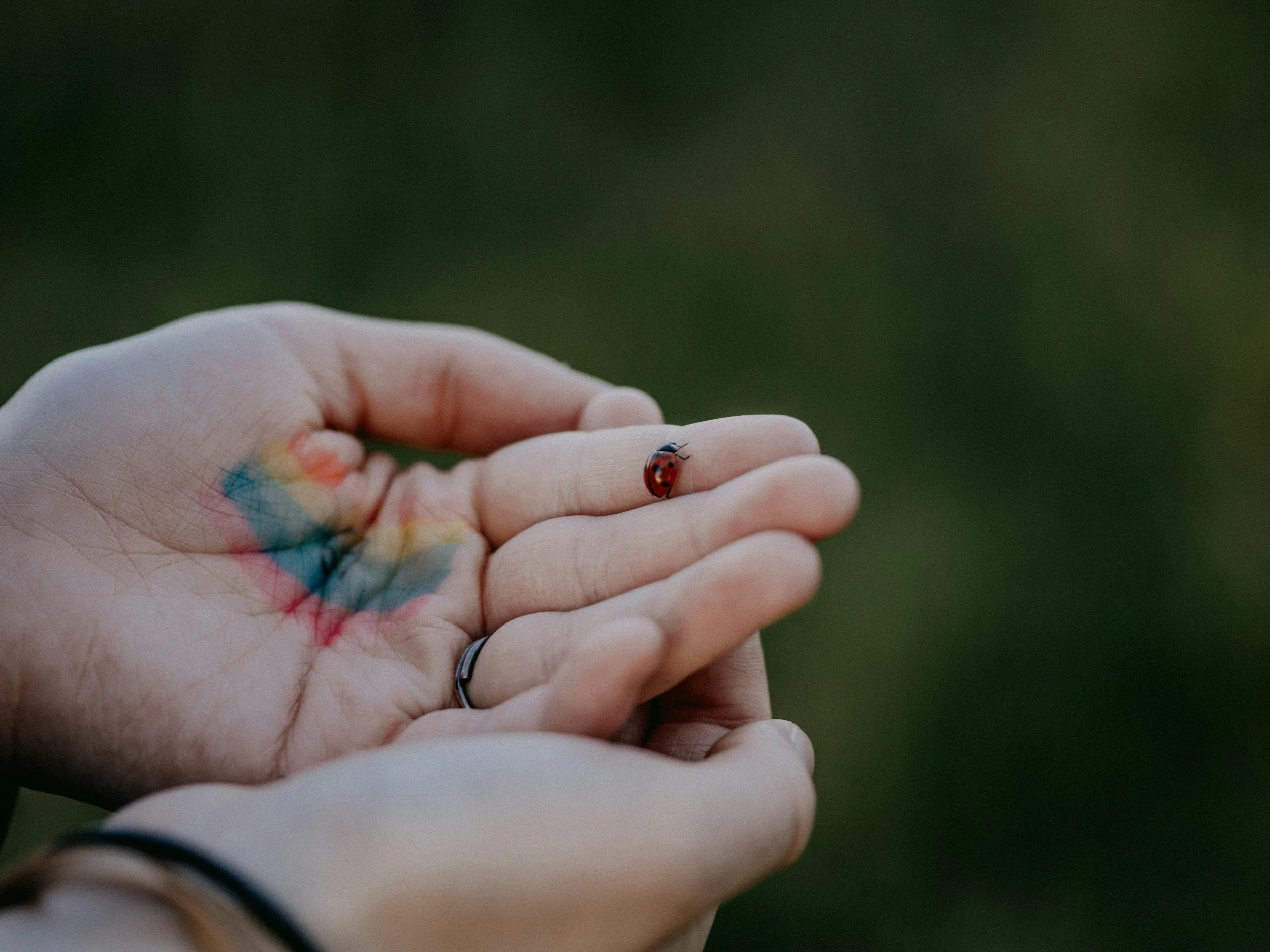Holding Space When the World Feels Unbearable
I want to acknowledge what many of us are feeling right now: exhaustion, grief, rage, and overwhelm—not just from the emotional labor of supporting others, but from living in a world that is increasingly hard to witness and survive.
This moment is heavy. We’re sitting with people who are asking: What’s the point? How do I stay connected when everything feels broken? And we’re holding space for them while navigating our own fear, anger, and fatigue. That’s not a sign of weakness—it’s a testament to our humanity.
None of us are meant to carry this alone. I want to offer not just validation, but a few reflections on how we might accompany others—and ourselves—through times like this.
Right now, what many people need most isn’t a technique or strategy. It’s presence. Permission to speak the unspeakable. It’s important that we resist the urge to immediately reframe or search for silver linings, especially when people are naming systemic harm, grief, or existential pain. Traditional CBT tools—however well-intentioned—can sometimes land as dismissive or even gaslighting in these moments. What people need isn’t to be told their thoughts are distorted, but rather to have someone say: I believe you. It makes sense.
Despair, numbness, rage—these aren’t symptoms to be fixed. They’re human responses to injustice and overwhelm. When we say, “It makes sense that you’re exhausted. You’re carrying your own pain while witnessing so much suffering,” we help people feel seen—rather than managed. That alone can be healing.
From this place of validation, we can gently invite exploration of what still matters. Rather than forced optimism, we can bring care and curiosity. Instead of asking, “What are you grateful for?” we might ask, “What do you want to protect?” Instead of, “How do you stay hopeful?” we might ask, “What tethers you to life, even now?” Even in the darkest moments, people often hold connections to meaning—relationships, resistance, creativity, community. These aren’t solutions. They’re threads.
Some may find strength in mutual aid, protest, creative expression, mentoring others, or reclaiming joy—especially when joy itself is a form of resistance. We can remind them: Your pain is a sign that you care. And that capacity to care is part of what we’re fighting to preserve.
Healing doesn’t always have to be transformative. Sometimes it’s going outside and looking for rocks for hours. Texting a friend just to say, I’m thinking of you. Sitting in the grass watching ants crawl. Letting the sun touch your face. Petting a dog. Tuning in to your senses—what you see, hear, feel, smell—when the world feels too big. And yes, sometimes it means logging off. (Yes, I know this is a message shared online.) We may want to stay informed, but there’s a line between awareness and overwhelm. It’s okay—essential, even—to choose presence over doomscrolling, to choose your nervous system over the algorithm. Connection—with others and with ourselves—is a form of resistance too.
Sometimes, values work or narrative reflection can help ground us, too. Rather than redirecting pain, they can help us make meaning. Who do you want to be in this chaos? What kind of story are you telling with your life? Parts work can give voice to the overwhelmed part, and the one still holding on.
We can hold complexity. You can feel hopeless and still get up in the morning. You can feel despair and still want to laugh. You don’t have to believe things will get better to be someone who still tries. Sometimes, we don’t get to “good.” We just get to okay. And that, too, is a kind of healing—a quiet, stubborn aliveness.
With care,
Selina

